Metascale FATS
by Charles Scamahorn © 2005See also: Evolution, Disaster, Evil, Pain, Happiness, Fat and Template.
Metascale FATS . . . is a scale of human fat from starvation through normal to super-obesity. There are other more accurate methods of measuring human bodily fat but they require relatively expensive equipment and time consuming procedures. This method requires only a tape measure and a weight scale and a bit of calculation. The results for all but the most rigerous scientific purposes will be much better than for the standard Body Mass Index (BMI) because the FATS scale compensates for a persons stomach and hip girth as well as height. This can be done using the following formula or by simply entering the data in the FATS Calculator and using the derived number on the chart. Click here for a nice, printable PDF file of the chart below. Click here for The Probawayway Ten Day Diet plan.
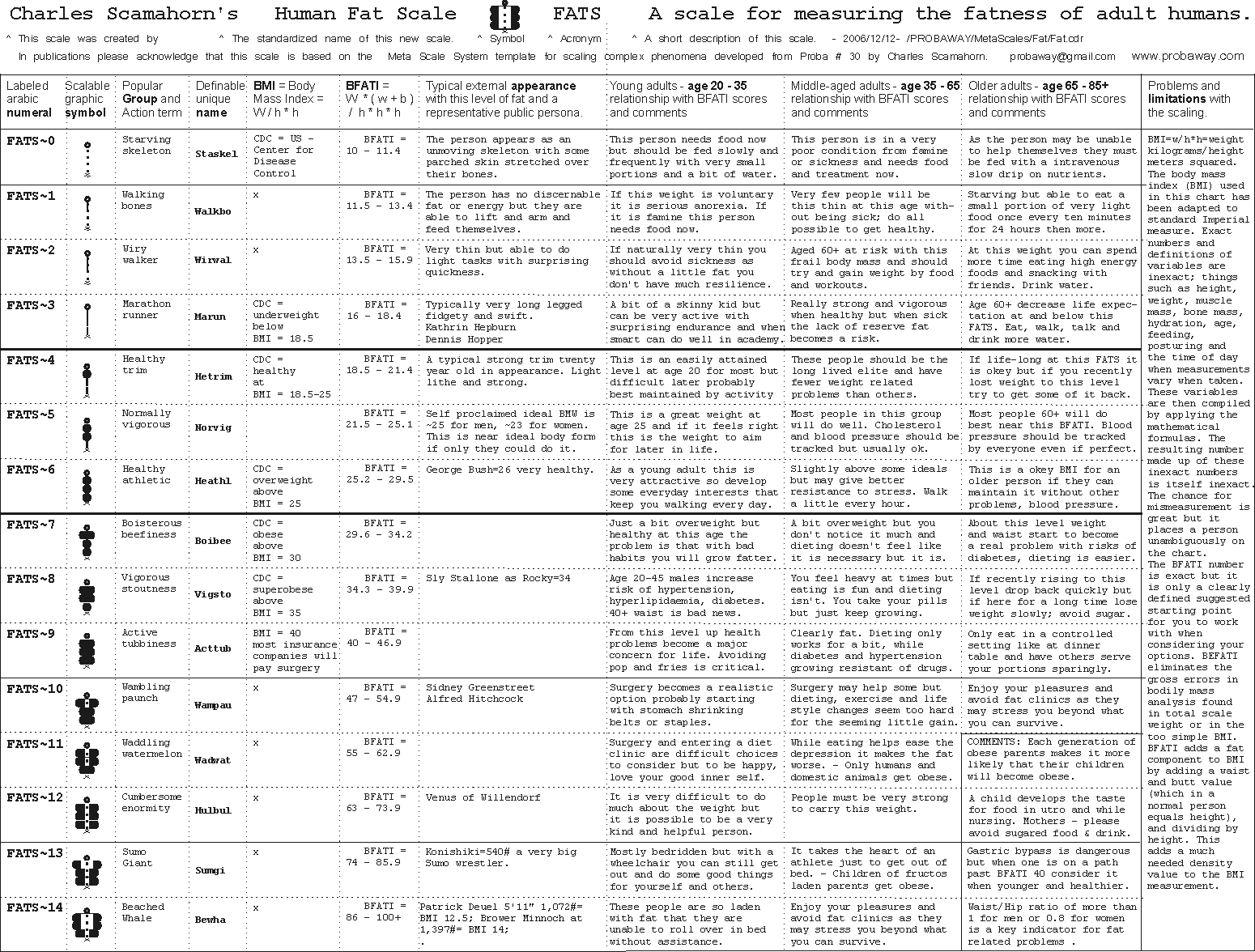
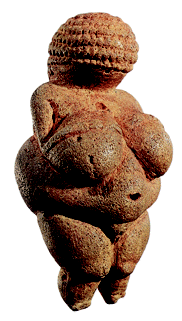
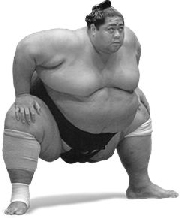
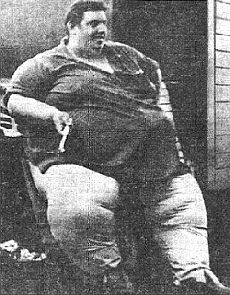
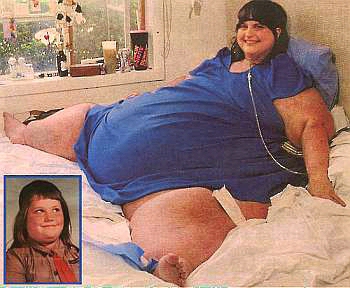

Telegraph.co.uk
Pot belly 'causes heart disease'
By Rebecca Smith Medical Editor
Last Updated: 2:39am BST 14/08/2007
People with pot bellies are at greater risk from heart disease than those whose fat is spread around the body, scientists have found.
They carry extra fat near vital organs. The blood vessels that feed the heart are more likely to suffer blockages.
Doctors believe measuring the waist-to-hip ratio may be more important than the body mass index (BMI) that calculates a person's healthy weight for their height.
advertisement
Telegraph - Menswear/Shoes
The waist measurement is taken level with the belly button. This figure is divided by the hip circumference at its widest point to produce the correct waist-to-hip ratio.
Men with a ratio of more than 1.0 and women with 0.8 or larger have the highest risk.
A team at the University of Texas Southwestern Medical Centre found that people with the largest waist-to-hip ratio are twice as likely to have calcium deposits in their arteries - a strong indicator of future cardiovascular ailments including heart attacks.
Their study, published in the Journal of the American College of Cardiology, found that the BMI did not give a clear picture of a person's risk.
Dr James de Lemos, an associate professor of internal medicine, said: "In our 30s and 40s, we often gain three to four inches in the mid-section. Even a small belly puts us at higher risk."
Liability disclaimer statement: These Probaways contain new and unique information that has been created, tested and retested by me alone. You must approach these findings and materials very carefully as your results may differ greatly from my experience and I can offer no recompensation of any kind for any injuries.
email me

This work is licensed under a Creative Commons Attribution-Noncommercial-No Derivative Works 3.0 License.